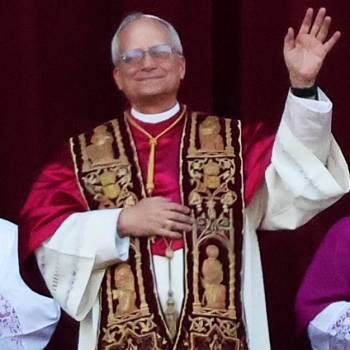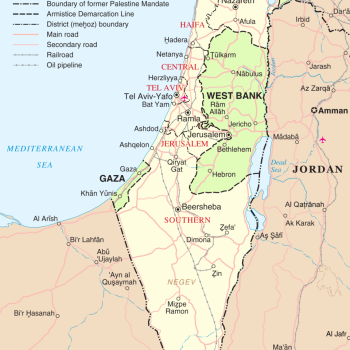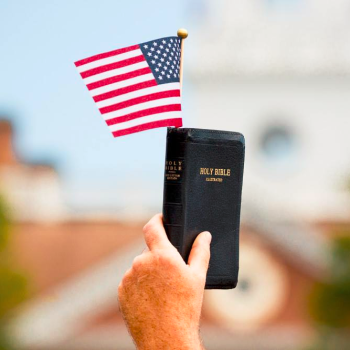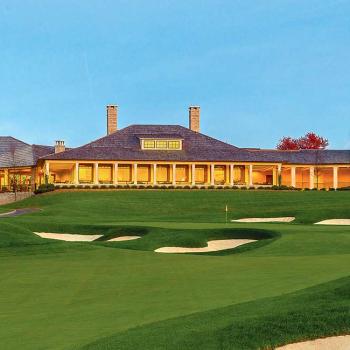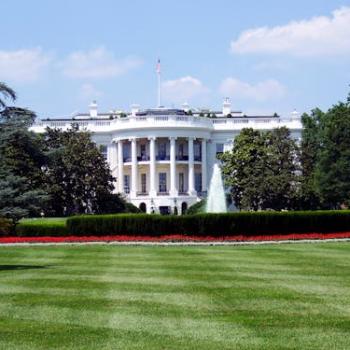The worst tragedy to strike the PGA Tour during the fifty years between the 1949 Ben Hogan bus crash and the 1999 fatal Payne Stewart airplane tragedy was the 1966 fatal plane crash involving Tony Lema and his wife Betty. Tony had just finished his last round in the PGA Championship at Akron, Ohio. He and Betty were flying in a chartered, small, single-engine airplane to Chicago’s O’Hare airport when the pilot either encountered engine trouble or ran out of fuel. He tried to ditch the plane on a golf course in suburban Chicago, where it crashed. Ironically, Tony Lema was killed on a golf course, and it happened during the height of his professional golf career. At the time, he was one of the four best golfers in the world, behind Arnold Palmer, Jack Nicklaus, and Gary Player.
The following week on Tour, we played the Indianapolis 500 Open championship at Speedway Golf Club. It meanders inside and outside the famous Speedway racetrack. Throughout the week, we players wore a black ribbon as a memorial to Tony Lema. And during the first round of the tournament, a siren was blown at noon. It signaled for all of us pros playing the course to stop play in commemoration of Lema’s death. Everyone, pros and fans, stood in place wherever we were and bowed our head for five minutes of silence to remember one of the truly beloved, golfing greats of the American pro Tour.
Tony Lema was six foot-two, slender, dark-haired, and handsome. He had an entertaining wit. He also had one of the smoothest, most fluid, natural, golf swings I’ve ever seen. Tony Lema had an accentuated lateral knee movement toward the target on the forward motion of his syrupy swing. The PGA TOUR’s trademark of a golfer swinging a club reminds me of Tony Lema’s swing.
Lema started the PGA TOUR in 1959. It took him three years to win his first Tour tournament–the Orange County Invitational. During the next four years he won a total of ten Tour tournaments which included one major–the 1964 British Open.
Tony Lema may have been the most well-liked professional golfer by his peers of anyone who played the PGA Tour regularly during the second half of the twentieth century. Like Jimmy Demaret—who many of us were reminded of when we thought of Tony Lema—he seemed to always know the right thing to say and how to say it at just the right time.
And, wouldn’t you know it; the media absolutely loved Tony Lema. At his first Tour win he ordered champagne for those press guys. Right away they dubbed him “Champagne Tony.” He would then throw a champagne party for the pressroom whenever he won a tournament. In fact, if he was leading a tournament on the last day, he always ordered champagne to be waiting on ice in the pressroom when he finished his round. I don’t know how many times that worked or didn’t work, but it didn’t make any difference. Mr. Lema liked to sip a cool one once in a while, relax, and have a good time. If he could do it with those press guys, that was fine with them whether he won or not.
Jack Nicklaus and I were paired with Tony Lema the day he won his last golf tournament. It was the Oklahoma City Open, less than two months before he died. He was leading the tournament going into that final round. And yes, when we finished that round the bublly was waiting “on the rocks,” ready to flow when the three of us arrived in the pressroom. Jack finished second and I finished third in the tournament. Lema ran away from us, beating Jack by seven strokes. Tony joked and laughed all the way around the course that day. And as he often said it, he “laughed all the way to the bank.” Lema was a guy who definitely knew how to have a good time, even when he was in the hunt and the pressure was on.
Tony Lema was not what most people would call a religious guy. In fact, in his early years on the Tour he developed a reputation as sort of a playboy. I don’t know how much truth there was to that. Ken Venturi, who was also from the San Francisco Bay Area, could no doubt tell us something about that. But that reputation changed dramatically when Tony married pretty, red-haired Betty, in 1963. Did she tame the lion-hearted in Champagne Tony? But then, maybe I don’t have it exactly right about Lema’s prior reputation with the ladies.
Ironically, Tony Lema had many friends among the Catholic clergy. But then, he had lots of friends everywhere. And, at least later in his career, he occasionally attended Catholic Church services while playing the Tour. And, I noticed that there was often a Catholic priest or two in Tony’s galleries who were his friends. British golf telecaster, Peter Allis, knew Tony Lema quite well the last three years of Tony’s life. Allis is quoted in Lema’s book, Champagne Tony’s Golf Tips, published posthumously, as follows: “Tony was a Roman Catholic and took his religion very seriously. Wherever he went, his Bible went too. He may not have been the best Catholic in the world but he tried to be … He was not at all like the character or the image that has been projected.”[1]
An untold story about Tony Lema and Billy Graham occurred the year before Lema’s death. It’s the type of encounter that Graham wouldn’t make public. However, Billy privately mentioned it to a few of us Christian pros on Tour shortly after it occurred. It’s been so many years now, I don’t think Billy Graham would mind if I told it.
I think it happened at Vancouver, British Columbia, while we were playing the 1965 Canadian Open. Billy Graham was in town that week, and he was holding one of his evangelistic crusades there. Somehow, Lema learned that the famous evangelist was staying at the same hotel at which he was staying.
Tony didn’t know Billy Graham, personally. But Lema apparently respected him because he contacted Billy at the hotel and requested a private meeting with him. Billy was eager to oblige, but he never divulged to us few Christian pros the contents of their discussion. Billy only said that they did some serious talking about spiritual matters. Did Lema sense that it was time for him to get his life more in order regarding eternal matters?
One thing is certain: after Tony Lema tragically died in that plane crash, he was sorely missed on the PGA TOUR by all golf fans and especially his fellow competitors.
[1] Tony Lema with Bud Harvey, Champagne Tony’s Golf Tips (orig. 1966; rep. New York: Pocket Books, 1967), Foreword.



